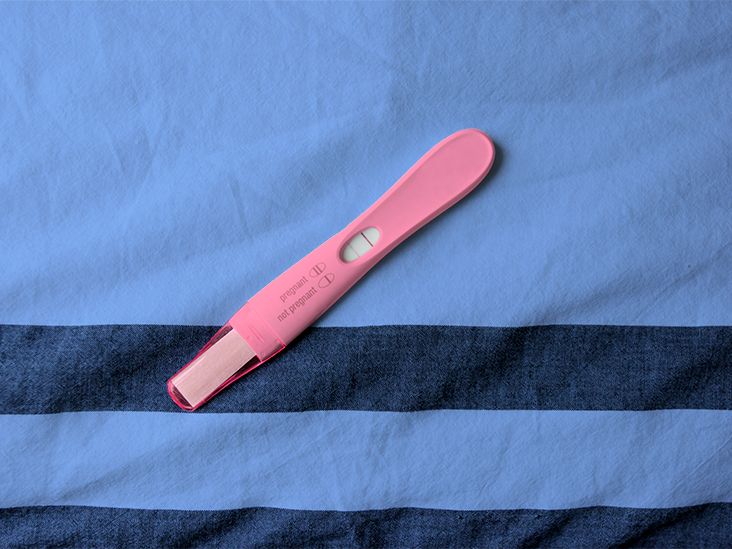Learn how to master the planche, a high-level strength move that transforms your body into a floating plank.
Ready to defy gravity and impress onlookers with a stunning display of strength and balance? Enter the planche, a gymnastic feat that goes well beyond the average plank or push-up.
Mastering the planche means learning to float your body parallel to the ground, a dazzing trick worth the sweat.
But what exactly is a planche, and how can you achieve it? Let’s break down the essentials into five bite-sized pieces that’ll have you planching in no time.
The planche is a gravity-defying marvel where you turn into a human plank, hovering parallel to the floor, supported solely by your arms. It epitomizes cool, demanding serious upper-body strength, killer balance, and intense core engagement.
To nail this move, you must team up tightly with your deltoids, chest, and triceps — your main liftoff muscles. Your lower back, abs, and legs are also in on the action, working hard to keep you stiff and straight as a board.
Achieving a planche doesn’t happen overnight, but you can work up to this impressive skill with the right progression exercises. Follow these steps to get started.
Step 1: Planche lean
The planche lean builds wrist strength and shoulder stability. Start in a basic plank position: hands on the floor, fingers spread wide, and arms straight.
Gradually shift your weight forward, moving your shoulders beyond your wrists while keeping your arms straight, core engaged, and body in a line from head to heels without sagging or piking.
As you build stamina, deepen the lean to intensify the exercise. If wrist strain becomes an issue, consider using parallettes or push-up bars to keep them in a neutral position, easing discomfort.
Step 2: Tuck planche
Begin in the planche lean position with hands on the floor, fingers spread, and arms straight. Slowly lift your feet from the ground, using your shoulders and core to support your body weight.
As your feet lift, draw your knees tightly to your chest and round your back slightly to maintain a compact and balanced form. Keep your hips aligned with your shoulders.
Hold the tuck planche for a few seconds, gradually increasing the duration as you improve.
Step 3: Advanced tuck planche
From the tuck planche position, gently nudge your knees away from your chest and keep them bent. This subtle act adds a layer of challenge, increasing the distance your shoulders and core must work.
Remember to keep your core engaged as you tease your knees outward, ensuring your balance remains on point and your body control sharp. Don’t let the hips sway or pike. Once comfy in this new arrangement, gradually dial up the knee extension.
Step 4: Straddle planche
From an advanced tuck planche, gradually widen your legs into a straddle position. This reduces the leverage difficulty, allowing you to balance more easily while you build the physique to hold a full planche.
Step 5: Full planche
You’ve reached the pinnacle of planche training! Begin in the straddle planche, and as you feel stable and ready, gradually extend your legs fully behind you, toes pointed. Your body should be completely parallel to the ground.
As before, engage your core and ensure your palms are pressed firmly against the ground or your parallettes, distributing the pressure evenly.
Try to maintain the position for a few seconds, and gradually increase the duration as your strength, endurance, and balance improve.
How long does it take to do a planche?
The million-dollar question! The journey to planche mastery is unique for everyone, depending on your initial strength, body composition, and how often you train.
Typically, you’re looking at a few years of committed practice. So, patience is key — this is a marathon, not a sprint.
How difficult is a planche?
Let’s not sugarcoat it — the planche is tough. It sits high on the difficulty scale because it demands brawn, balance, and intense body tension. But don’t let that intimidate you! With consistent effort and determination, achieving a planche is possible.
Can I learn planche in 3 months?
Expecting to nail the planche in just 3 months might be ambitious unless you’re already halfway there with a solid base of strength and balance. For most mortals, mastering the planche is a long game, so, don’t be surprised if it takes longer to really own it.
Is planche possible for everyone?
Most people can dedicate themselves to achieving some version of the planche. If the classic full planche is out of reach, numerous variations and modifications can still provide a substantial challenge and make you feel like a planche pro.
Mastering the planche is no small feat — it’s a true test of strength and control that’s as tough as rewarding. Stick to the plan, stay dedicated, and build the skills needed to rock this move.
Also, remember to listen to your body, tweak your training when needed, and avoid injuries while you’re on your way to becoming a planche powerhouse.



